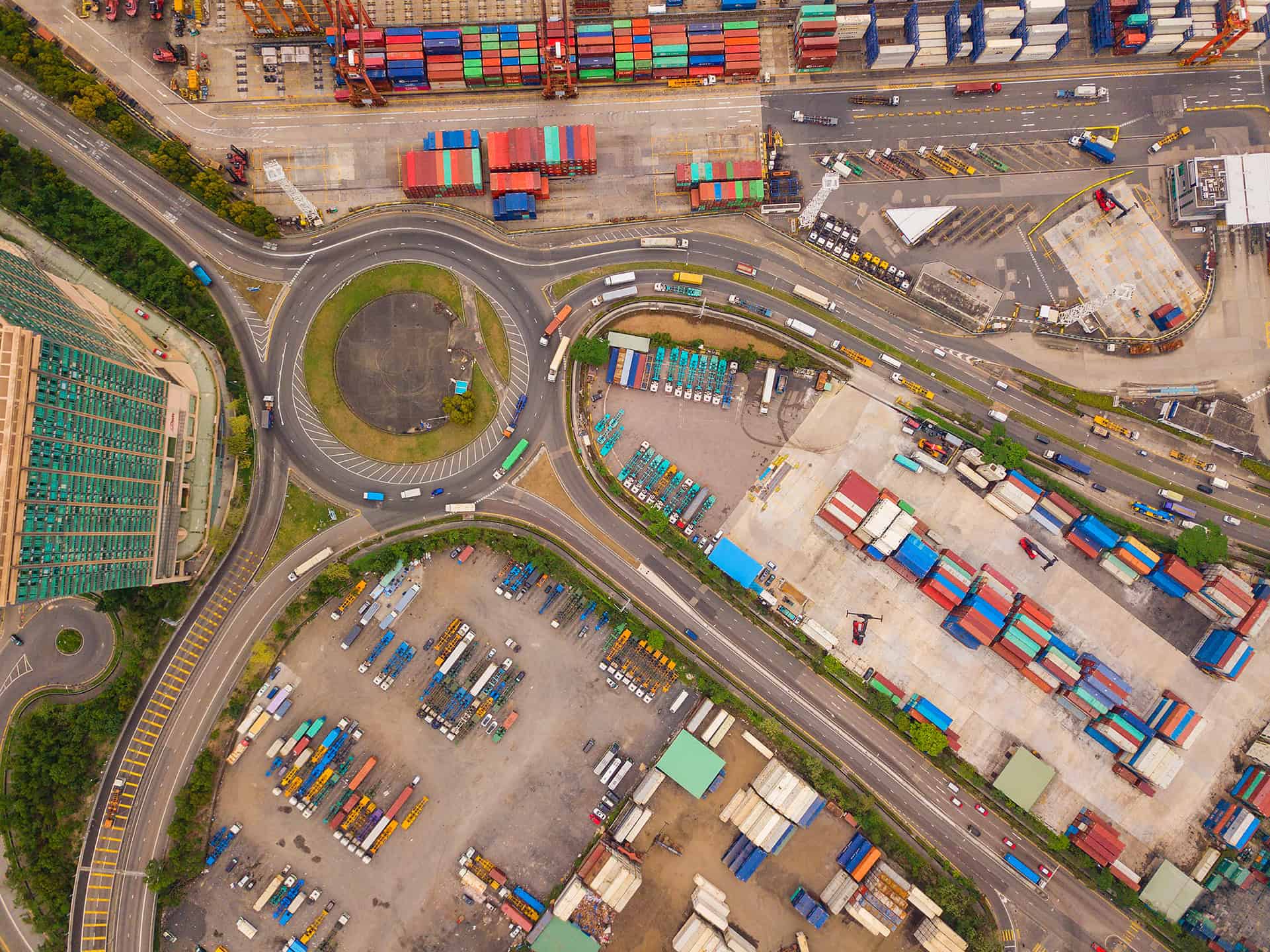
The global trade landscape is entering uncharted territory following President Trump’s implementation of a 40% penalty tariff on transshipped goods, effective August 7, 2025. This tariff, compounded with existing duties based on the actual country of origin, marks a seismic shift in customs enforcement, bringing the issue of transshipment to the forefront of international trade compliance.
Understanding the new 40% penalty framework
Under the new policy, the U.S. Customs and Border Protection (CBP) imposes an additional, non-negotiable 40% tariff on goods identified as transshipped, i.e., goods routed through intermediary countries to evade higher duties.
The most notable aspect of this enforcement is its absolute rigidity—CBP holds no authority to mitigate, waive, or reduce penalties, making trade compliance failures extraordinarily costly.
The problematic nature of “substantial transformation”
Historically, the U.S. has used the “substantial transformation” test to determine a good’s origin. This subjective criterion requires goods to acquire a “new name, character, or use” distinct from the original.
However, it lacks clear quantitative benchmarks, resulting in interpretive inconsistencies and compliance uncertainties. In contrast, countries like Vietnam have begun imposing clearer rules, such as a mandatory 30% local content requirement, signaling a global trend towards stricter, quantifiable standards.
High-risk transshipment hubs and CBP’s customs enforcement arsenal
CBP is sharpening its enforcement capabilities through advanced data analytics, sophisticated documentation scrutiny, and scientific verification methods like isotopic and chemical analyses.
Primary focus regions include Vietnam, Malaysia, Thailand, Indonesia, and the UAE—nations historically central to transshipment schemes. Indicators such as abrupt volume increases post-tariff implementation and minimal port dwell times have become critical red flags for heightened scrutiny.
Supply chain management in crisis: Navigating new compliance realities
Importers face unprecedented trade compliance challenges. Enhanced documentation demands now require comprehensive supplier affidavits, meticulous factory certifications, and detailed digital audit trails backed by blockchain verification systems. Strategic responses by businesses include diversification of manufacturing bases, leveraging technologies such as AI-powered compliance monitoring, and embedding contractual safeguards against tariff risks.
Sector-specific impacts
- Electronics: Given their intricate supply chains and reliance on Chinese components, electronics companies face significant scrutiny. Simple assembly operations in countries like Vietnam will no longer suffice for tariff exemptions.
- Textiles and Apparel: Differentiating the origin of fabrics versus finished garments complicates trade compliance. Clearer documentation of substantial transformation processes is mandatory.
- Automotive: Critical automotive components, especially engines and transmissions, face rigorous inspections. Regional value content requirements under trade agreements like USMCA amplify compliance complexities.
The Vietnam case study: A blueprint for bilateral enforcement
The U.S.-Vietnam trade agreement of July 2025 sets a pioneering model. Vietnam has agreed to heightened enforcement measures, including stricter penalties for fraudulent labeling and enhanced export inspection regimes. Collaborative intelligence-sharing and customs enforcement between both nations offer a precedent for future bilateral frameworks.
Key aspects include:
- Enhanced penalties: Vietnam commits to stricter sanctions for fraudulent labeling and strengthened export inspections.
- Intelligence sharing: Both countries engage in coordinated customs enforcement and information sharing to detect circumvention schemes.
- Regulatory shifts: Vietnam transfers certificate issuance responsibilities from the Vietnam Chamber of Commerce and Industry (VCCI) to government authorities, enforcing mandatory substantial transformation standards.
Immediate market repercussions and long-term structural shifts
Short-term consequences include significant supply chain disruptions, compliance-related cost increases, and heightened market uncertainties.
However, the long-term outlook points towards fundamental shifts in global manufacturing patterns. Enhanced regulatory frameworks, adoption of blockchain for supply chain transparency, and investment in substantial transformation capabilities will likely reshape international trade dynamics.
Short-term impacts of the enforcement regime include significant disruptions and increased operational costs associated with trade compliance infrastructure. Yet, these disruptions also catalyze structural shifts in global manufacturing and trade practices, such as:
- Manufacturing relocation: Companies are increasingly investing in authentic production capacities in lower-risk countries to ensure compliance.
- Technology integration: The incorporation of blockchain, AI, and advanced tracking systems will become standard practice for maintaining compliance and operational efficiency.
- Regulatory harmonization: Enhanced global efforts towards standardizing rules of origin and bilateral enforcement cooperation will likely emerge, driven by mutual necessity and risk mitigation.
Strategic approaches to trade compliance
Given the severe penalties and heightened enforcement, businesses must adopt robust compliance frameworks:
- Audits and risk assessments: Conducting thorough evaluations of suppliers, verifying factory production capabilities, and ensuring raw material traceability.
- Documentation strengthening: Enhancing supply chain transparency through digital systems backed by blockchain technology for tamper-proof records.
- Contractual risk management: Including tariff risk provisions, origin warranties, indemnification clauses, and right-to-audit terms in supplier contracts.
- Technological investments: Deploying real-time cargo monitoring systems, AI-driven compliance platforms, and automated red-flag detection mechanisms.
Recommendations for stakeholders
| For importers and manufacturers | For policymakers |
|
|
Embracing the new normal
The introduction of a 40% penalty tariff represents more than regulatory adjustment; it’s a fundamental transformation of international trade compliance. The era of lax enforcement and ambiguous rules of origin standards has decisively ended.
In this climate, businesses cannot afford to adopt a “wait-and-see” approach.
Immediate action to align with stringent compliance requirements, technological upgrades, and strategic diversification are imperative for survival and competitive advantage in this new trade era. Those that hesitate or remain passive will find themselves increasingly vulnerable to severe penalties and competitive disadvantage.
The “Wild West” scenario of ambiguous regulations will evolve, but in this transformed environment, the only path forward is the proactive one.




